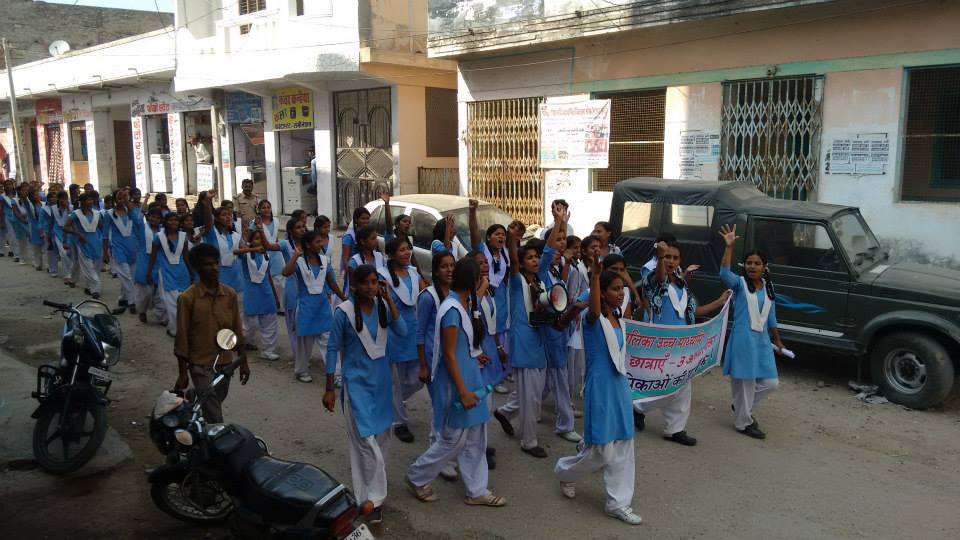Note: This blog was originally published by UNESCO ETICO on January 21, 2022.
Grievance Redress Mechanisms (GRMs) have the potential to improve education services. A key conclusion from our review of over 200 scholarly articles and grey literature on GRMs in public services is that the real potential of effective and inclusive GRMs lies, not in empowering either citizens or state actors, but in creating synergies between citizens and the state that contribute to better public services.
A grievance redress mechanism is an institutionalized process designed to enable citizens to complain and achieve redress for services they should rightfully receive. GRMs have become increasingly widespread in national programs and international development projects over the last two decades. The promise is that GRMs can improve overall governance by providing feedback and incentives for more transparent and accountable public services (Pfeil and Agarwal 2021), with particular benefits for marginalized groups.
We find that GRMs have been used in several countries in an apparent effort to improve public services, including education, social protection, health services, and environmental pollution. Governments and international lenders are also investing time, money, and resources into them. Nevertheless, scholars and practitioners emphasize the need for more research and point to insufficient evidence on the outcomes and effectiveness of different GRMs (Mirzoev and Kane 2018; Brown et. al 2014; Gauri 2013).

Bhim school girls protest © Mazdoor Kisan Shakti Sangathan
The uptake of GRMs has produced more evidence on design rather than on implementation. An effective complaint system depends on state or institutional capacity, design, processes, and clarity in policy and legislative statements. It is also dependent on citizen capacity to access and use GRMs. On the one hand, governments must commit to creating an enabling environment to listen to different actors engaged in improving education services and institutions. On the other hand, citizens, communities, teachers, and staff must have sufficient and actionable information to physically access and use GRMs, expect a time-bound response, and have no fear of reprisal.
Though evidence that GRMs can effectively improve education services and institutions is thin, there are notable exceptions. For example, India’s Right to Education (RTE) law requires independent monitoring of education delivery. An independent state-civil society body – the National Commission for Protection of Child Rights – implemented a participatory citizen monitoring mechanism, “social audits”, to monitor the effective implementation of the RTE, including inquiring into complaints (
Bhatty 2021).
In Nepal a national mandate for social audits of community schools allowed communities to identify gaps in community participation, or issues in the financial management, the physical environment, or the teaching and learning environment of the schools. (
Kafle, Patel, and Agarwal 2012). Similarly, collaborative “citizen voice and action” activities in the Democratic Republic of Congo and Romania led to improvements in the education budget and school infrastructure (
World Vision International 2019). Despite these examples, GRM efforts tend to meet with limited success because they are focused on local/ sub-national governments and are, as yet, unable to influence high-level policy.
If education policymakers want to establish effective GRMs they need to consider a synergistic approach that includes three main elements:
Citizen capacity to complain includes: awareness of the mechanisms and the presence of civil society groups or organizations that can facilitate access to complaint systems. The grievance system must have a commitment to anonymity. Citizens should expect a time-bound response. The system should also pay attention to power dynamics between government actors, international lenders, and citizens, meaning that social and material obstacles to complaining (which are common with digital platforms) should be minimized. An environment that is free from coercion must also be created, in order to encourage complaints, especially from marginalized groups.
State capacity to respond to complaints means going beyond institutional commitment to GRMs. It includes creating independent mechanisms with sufficient authority, autonomy, and resources (
UNESCO 2017) to register, track, and resolve complaints. If the state lacks such resources and authority, citizens may lose trust and are less likely to complain in the future. A lack of response could also further embolden erring actors to act with impunity.
Proactive disclosure means governments should proactively ensure transparency on the nature and number of complaints and the rate of resolution. To achieve positive policy feedback, transparency is crucial since it can highlight systematic problems and serious service delivery failures. Monitoring resolution could enable citizens’ concerns to directly influence policy decisions and increase trust in public institutions. Lastly, proactive disclosure on complaints could help find allies inside the state and prompt them to act.
In sum, GRMs in public service delivery, including education, are not only a matter of technical design and information flows but also about power relations. Citizens should be empowered to make complaints regarding public agents, and those agents should, in turn, be empowered to respond appropriately.
This blog draws on ongoing research into complaint systems in public services with Dr. Naomi Hossain.


